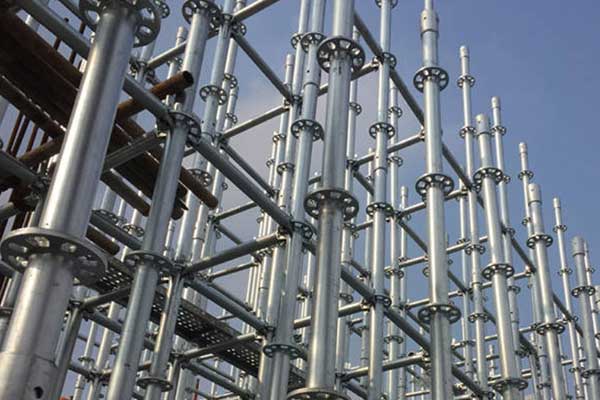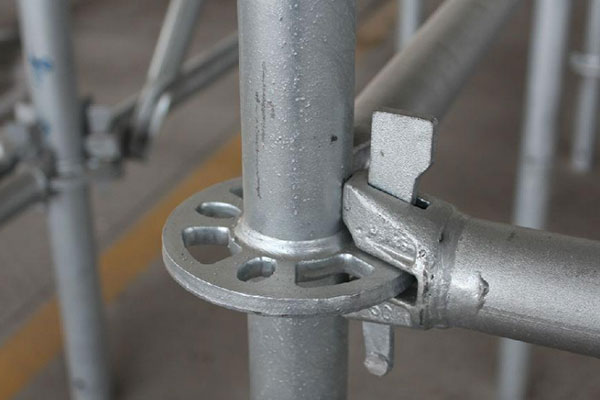What is the Load Capacity of Ringlock Scaffolding?
Ringlock scaffolding is one of the most widely used modular scaffolding systems in construction, offering flexibility, stability, and high load-bearing capacity. Understanding the load capacity of Ringlock scaffolding is crucial for ensuring safety and efficiency on a construction site. In this article, we will explore the load-bearing factors, weight limits, and best practices for using Ringlock scaffolding.

Factors Affecting the Load Capacity of Ringlock Scaffolding
Several factors determine how much weight Ringlock scaffolding can support. These include:
1. Material Strength
Ringlock scaffolding is typically made from high-strength steel or aluminum, with steel being the preferred option for heavy-duty applications. The material’s yield strength and structural integrity directly influence its load-bearing ability.
2. Tube Diameter and Wall Thickness
The main vertical standards (uprights) and horizontal ledgers are manufactured with varying diameters and wall thicknesses. Standard specifications include:
- Vertical standards: Ø48.3mm outer diameter with 3.2mm thickness
- Ledgers and transoms: Ø48.3mm outer diameter with 2.5mm thickness
The thicker the tube walls, the higher the load capacity.
3. Bay Size and Height of the Scaffolding
The spacing between vertical standards and horizontal ledgers impacts the load-bearing capacity. Smaller bay sizes and lower heights increase the strength of the system. Typical configurations include:
- Ledger spacing: 1.0m – 2.5m
- Vertical standard height: Up to 30m (higher requires additional reinforcement)
4. Foundation and Base Plates
A solid, level foundation is essential for maximum load distribution. The use of adjustable base plates or screw jacks helps stabilize the structure.

Typical Load Capacity of Ringlock Scaffolding
Load Capacity of Individual Components
- Vertical standard (single leg): 30-60 kN (kilonewtons) depending on height and spacing
- Ledgers (horizontal members): 10-20 kN
- Transoms: 10-15 kN
The total load-bearing capacity of the scaffolding depends on the number of supporting legs and load distribution.
Scaffold Tower Load Capacity
A well-assembled four-leg Ringlock scaffold tower can typically support up to 10,000 kg (10 metric tons), provided that it is properly braced and supported on a solid foundation.
How to Increase the Load Capacity of Ringlock Scaffolding
To maximize the load capacity and safety of Ringlock scaffolding, consider these best practices:
- Reduce Ledger Spacing: Decreasing the horizontal spacing between ledgers enhances structural strength.
- Use Double Standards: Adding additional vertical supports increases load distribution.
- Install Diagonal Bracing: Proper bracing reduces lateral movement and increases overall stability.
- Use High-Quality Materials: Choose hot-dip galvanized or Q235/Q345 steel for higher strength.
- Inspect Regularly: Ensure that joints, rosettes, and locking mechanisms are secure.
- Distribute Loads Evenly: Avoid placing excessive weight on a single section of the scaffold.
Conclusion
The load capacity of Ringlock scaffolding depends on multiple factors, including material quality, design configuration, and load distribution. Proper setup, bracing, and load management are essential for maintaining safe and efficient operations. Always follow manufacturer guidelines and conduct load calculations before use.
If you’re looking for high-quality Ringlock scaffolding that meets international safety standards, contact us for expert guidance and reliable solutions.
